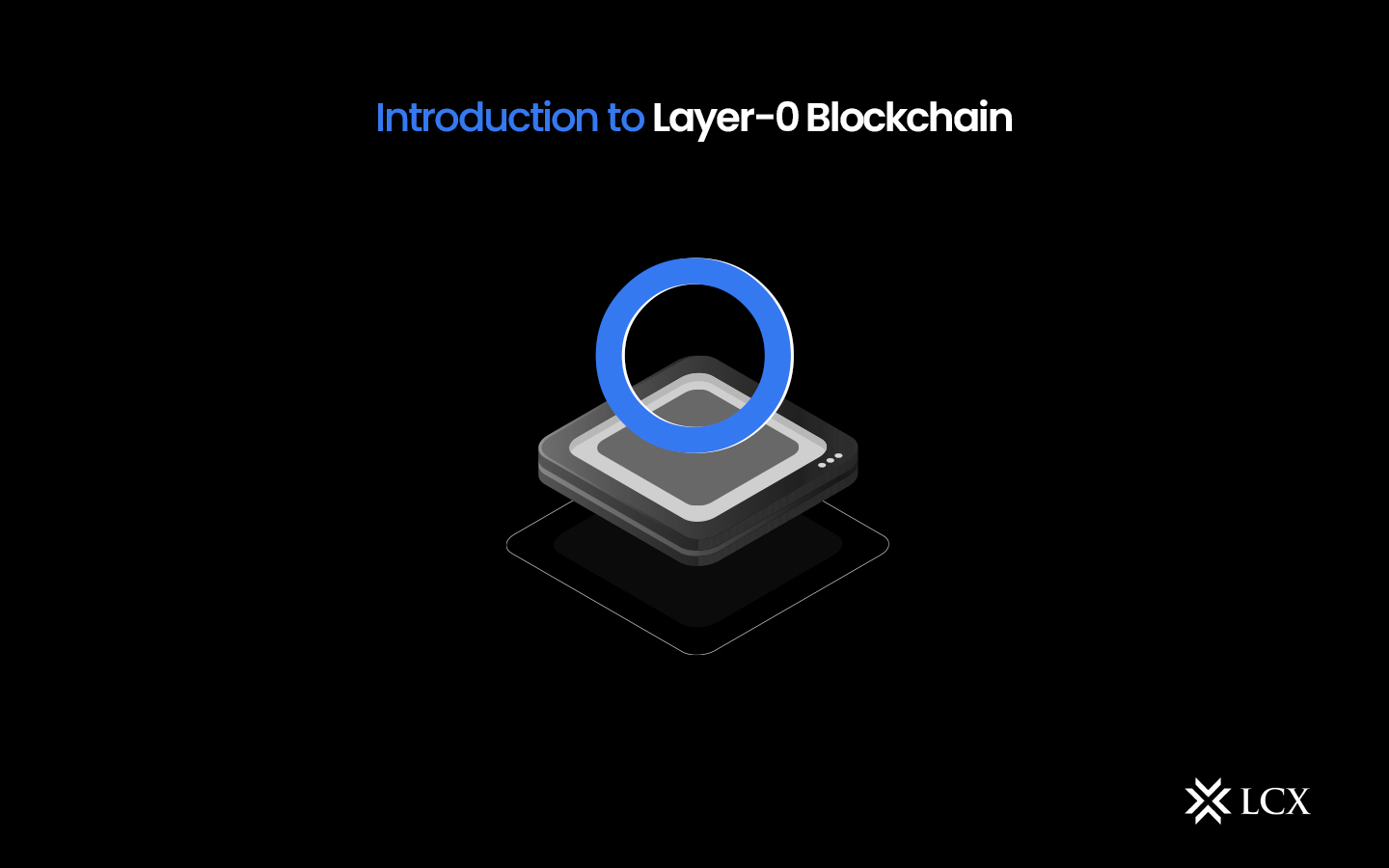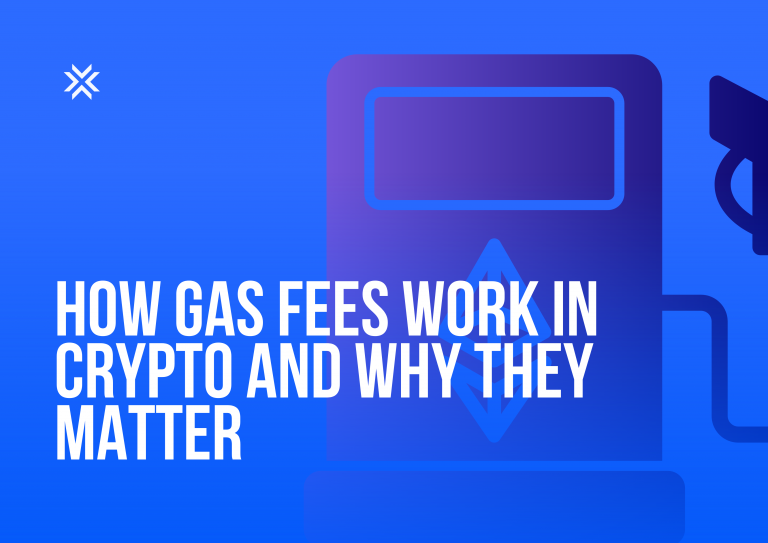Layer 0 refers to the foundational layer of a blockchain network, the first layer of all blockchain protocols, seamlessly integrating all other protocols to construct interconnected value chains and providing a more robust and evolved alternative to smart contracts.
It is the underlying infrastructure that enables the operation and communication of subsequent layers. It encompasses the fundamental protocols, consensus mechanisms, and data structures that form the backbone of the entire blockchain system. Unlike other layers, which primarily focus on specific functionalities like smart contracts (Layer 1) or scaling solutions (Layer 2), Layer 0 is concerned with designing the core architecture and protocols for the network.
How Does Layer 0 Work?
Layer 0 protocols operate in a variety of distinct ways. Each has a unique design, features, and emphasis. In general, however, Layer 0 protocols serve as the main and principal blockchain, a backup for the transactional data of various Layer 1 chains. While there are clusters of Layer 1 chains constructed on Layer 0 protocols, there are also cross-chain transfer protocols that enable the transfer of tokens and data between different blockchains.
The Layer 0 protocol is composed of a series of state channels that validate data according to user-defined functions. In addition to hardware, servers, and systems, this stratum includes nodes and any devices connected to the nodes. To optimize network topology, it supports multiple consensus algorithms and P2P systems, such as proof-of-work, proof-of-stake, proof-of-activity, proof-of-reputable observations, directed acyclic graphs (DAG), and others. Layer 0 complements the three significant blockchain pillars of scalability, neutrality, and adaptability by supporting block encryption and concealing the block’s origin via P2P relaying.
Native tokens serve as the primary consensus layer, providing economic incentives to encourage users to contribute and maintain the ecosystem within the HGTP network, thereby creating a win-win environment in which all participants are rewarded equally for their efforts.
Key Features of Layer 0 Blockchains
Layer 0 blockchains provide the foundational layers of security, scalability, and interoperability that make blockchain technology so potent and transformative. Key characteristics of Layer 0 blockchains include:
Scalability and Interoperability
One of the primary challenges faced by early blockchain platforms, such as Bitcoin and Ethereum, is scalability. As transaction volumes increase, these networks struggle to handle the load, resulting in congestion and high fees. Layer 0 blockchain aims to address this issue by introducing novel scalability solutions. For instance, sharding, a technique where the network is divided into smaller, more manageable pieces, allows for parallel processing of transactions, significantly increasing throughput.
Moreover, Layer 0 enables enhanced interoperability among different blockchain networks. Traditionally, blockchains have been siloed, limiting their ability to communicate and share data seamlessly. Layer 0 protocols, such as cross-chain bridges and interoperability frameworks, facilitate the exchange of information and assets across disparate blockchain platforms. This interoperability opens up a world of possibilities for cross-chain applications, decentralized finance (DeFi), and supply chain management, fostering collaboration and innovation on a global scale.
Security and Consensus Mechanisms
Layer 0 plays a crucial role in ensuring the security and integrity of blockchain networks. By designing robust consensus mechanisms, Layer 0 protocols establish a trustless environment, where participants can transact and interact without relying on a central authority. Consensus mechanisms, such as proof-of-stake (PoS) or delegated proof-of-stake (DPoS), leverage the economic incentives of network participants to secure the blockchain and prevent malicious activities.
Layer 0 also encompasses advanced cryptographic techniques to safeguard data and transactions. Encryption, digital signatures, and zero-knowledge proofs are among the tools used to protect the privacy and confidentiality of users in a Layer 0 blockchain. These security measures fortify the foundation of the network, instilling confidence among users and paving the way for the widespread adoption of decentralized systems.
Popular Examples of Layer-0 Blockchain
Polkadot
Polkadot was designed by Ethereum co-founder Gavin Wood to enable developers to create their own blockchains. Each independent blockchain created on Polkadot is referred to as a parallel chain or parachain. The Relay Chain facilitates efficient data communication between parachains by acting as a bridge between them. It employs sharding, a method for dividing blockchains or other types of databases, to increase the efficiency of transaction processing. Proof-of-stake (PoS) validation is utilised by Polkadot to assure network security and consensus. Projects that wish to construct on Polkadot compete in auctions for available spaces. In December 2021, Polkadot’s first parachain project was authorized in an auction.
Avalanche
Avalanche utilizes a tri-blockchain infrastructure consisting of three main chains: the Contract Chain (C-chain), the Exchange Chain (X-chain), and the Platform Chain (P-chain). Avalanche will be launched in 2020 by Ava Labs with a focus on DeFi protocols. These three chains are configured to handle key ecosystem functions in order to improve security while maintaining low latency and high throughput. The X-Chain is utilized for the creation and trading of assets, the C-Chain for the creation of smart contracts, and the P-Chain for validator and subnet coordination. Avalanche’s flexible structure also enables inexpensive and rapid cross-chain exchanges.
Cosmos
The Cosmos Network was founded in 2014 by Ethan Buchman and Jae Kwon. It comprises a Cosmos Hub PoS blockchain mainnet and Zones customized blockchains. Cosmos Hub transfers assets and information between connected Zones and provides a shared security layer. Each Zone is highly configurable, allowing developers to create their own cryptocurrency with individualized block validation settings and other features. The Inter-Blockchain Communication (IBC) protocol is utilized by all applications and services hosted in these Zones. This enables the exchange of assets and data across independent blockchains.
Conclusion
Layer 0 blockchain represents a significant leap forward in the evolution of decentralized networks. By focusing on the foundational layer, this innovative approach addresses scalability and interoperability concerns, unlocking a multitude of possibilities for blockchain adoption across industries. As Layer 0 continues to mature, we can expect to witness a new wave of transformative applications that revolutionize business processes, enhance data integrity, and empower individuals in the digital economy. Embracing Layer 0 means embracing the future of decentralized innovation.










